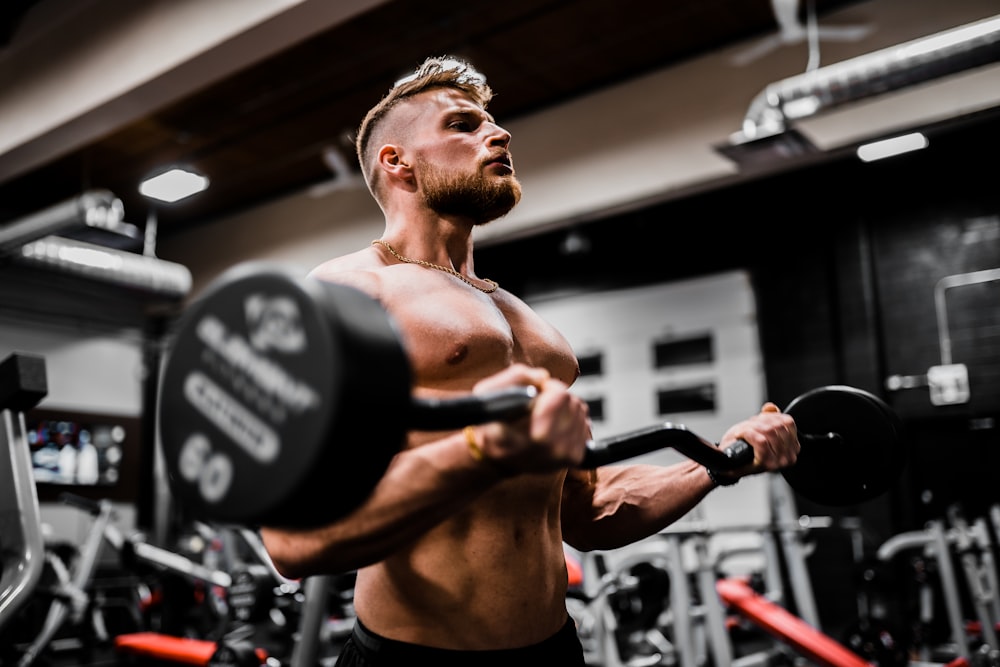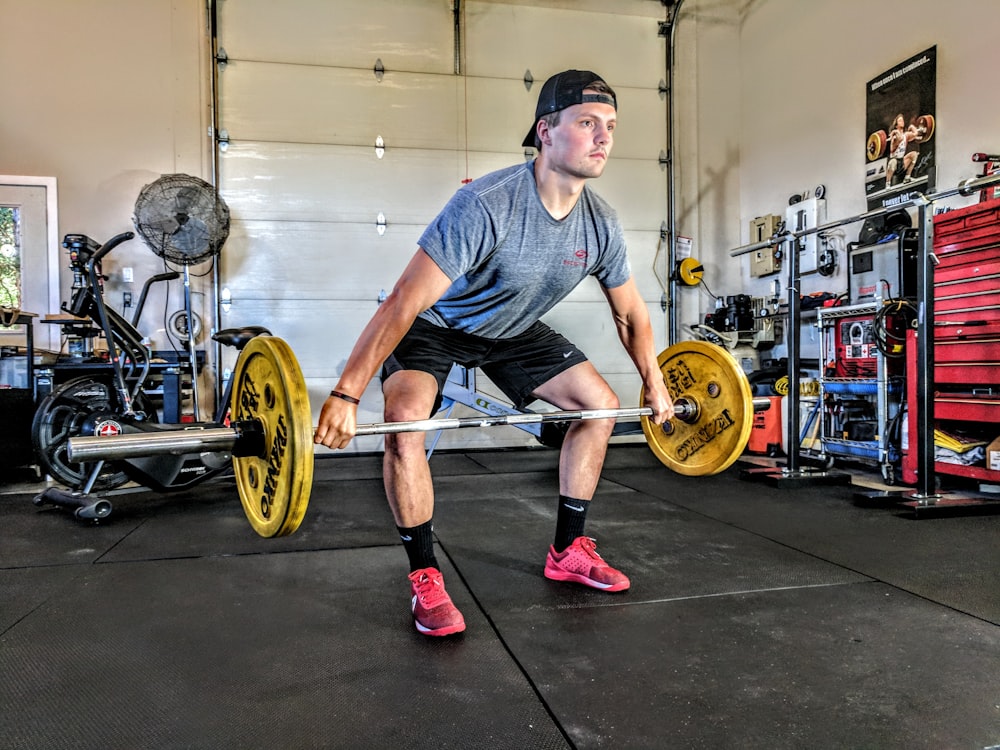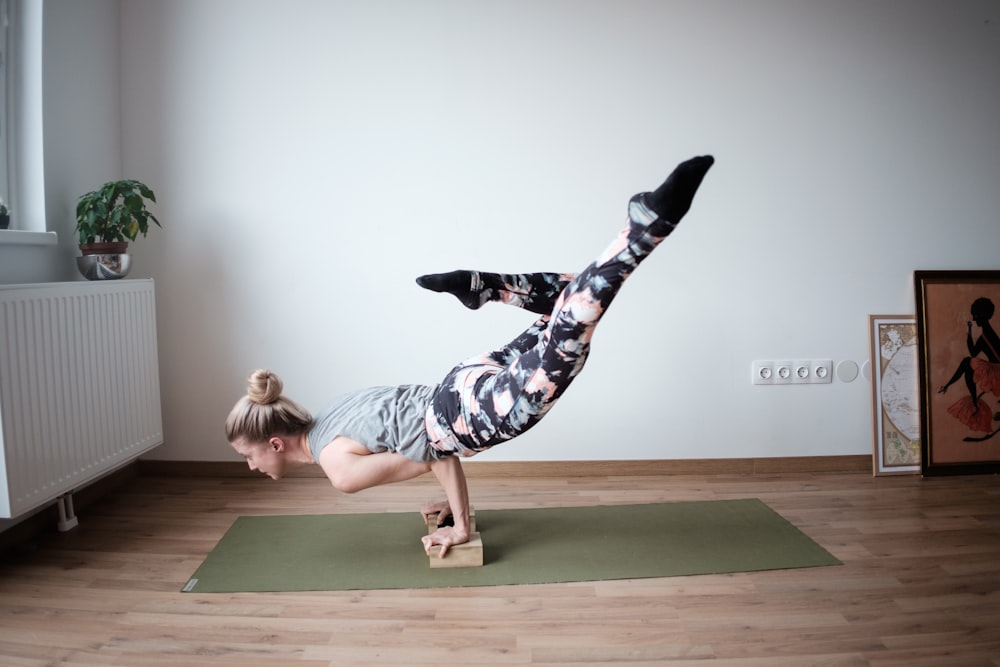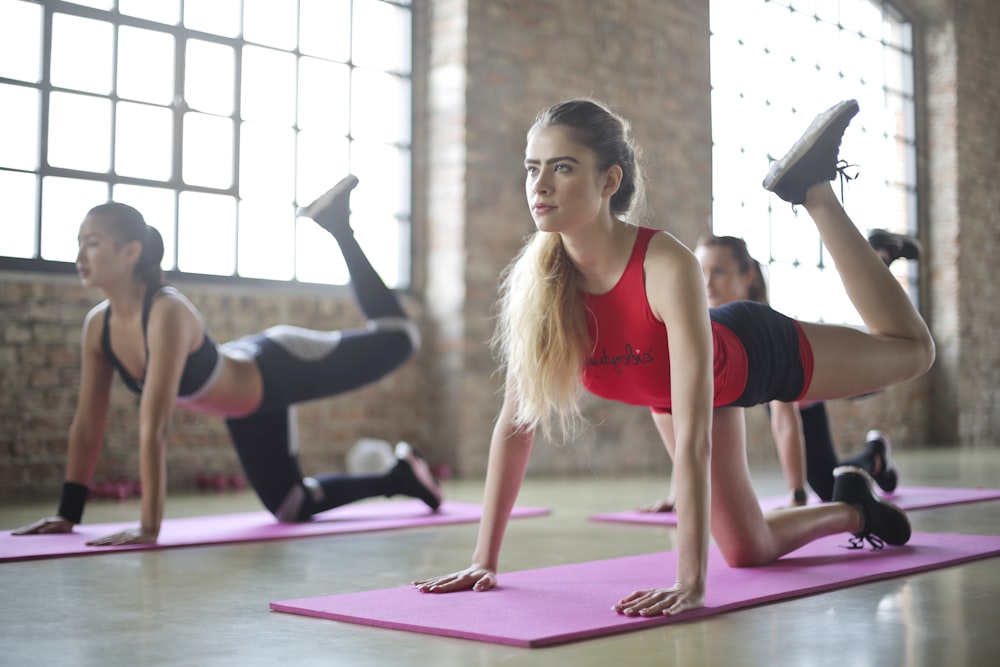Revitalize Your Lifestyle 5 Game-Changing Health Tips
Introduction: Revitalize Your Lifestyle
In today’s fast-paced world, maintaining a healthy lifestyle can often feel like an uphill battle. Between work commitments, family obligations, and social engagements, prioritizing our health often takes a back seat. However, with the right strategies and mindset, it’s possible to revitalize your lifestyle and reclaim control over your well-being. Here, we delve into five game-changing health tips that have the power to transform your life for the better.
1. Prioritize Nutrient-Rich Foods
The foundation of a healthy lifestyle lies in the foods we consume. Instead of focusing on restrictive diets or counting calories, prioritize nutrient-rich foods that nourish your body from the inside out. Incorporate plenty of fruits, vegetables, whole grains, lean proteins, and healthy fats into your diet to provide your body with the essential vitamins, minerals, and antioxidants it needs to thrive. By fueling your body with high-quality nutrients, you’ll not only boost your energy levels but also support overall health and well-being.
2. Make Movement a Non-Negotiable
Regular physical activity is essential for maintaining optimal health and vitality. Instead of viewing exercise as a chore, find activities that you enjoy and make movement a non-negotiable part of your daily routine. Whether it’s going for a brisk walk, taking a yoga class, or hitting the gym, find ways to incorporate movement into your day-to-day life. Aim for at least 30 minutes of moderate-intensity exercise most days of the week to reap the numerous benefits, including improved cardiovascular health, enhanced mood, and better stress management.
3. Prioritize Quality Sleep
In our busy lives, sleep is often the first thing to be sacrificed, yet it’s one of the most important pillars of health. Prioritize quality sleep by establishing a consistent bedtime routine, creating a sleep-friendly environment, and practicing relaxation techniques before bed. Aim for seven to nine hours of uninterrupted sleep each night to allow your body to repair, recharge, and rejuvenate. Quality sleep not only enhances cognitive function and mood but also supports immune function and overall well-being.
4. Cultivate Mindfulness and Stress Management
Chronic stress can take a toll on both our physical and mental health, making it essential to cultivate mindfulness and stress management techniques. Incorporate practices such as meditation, deep breathing exercises, or yoga into your daily routine to promote relaxation and reduce stress levels. Additionally, prioritize activities that bring you joy and fulfillment, whether it’s spending time in nature, pursuing hobbies, or connecting with loved ones. By managing stress effectively, you’ll not only improve your mood and mental clarity but also support your body’s ability to function optimally.
5. Foster Connection and Community
Human connection is a fundamental aspect of health and well-being, yet it’s often overlooked in our modern society. Foster meaningful connections with others by prioritizing quality time with friends, family, and community. Whether it’s joining a club, volunteering, or simply reaching out to a loved one, nurturing relationships can have a profound impact on your overall health and happiness. Surround yourself with positive influences who support your

























































